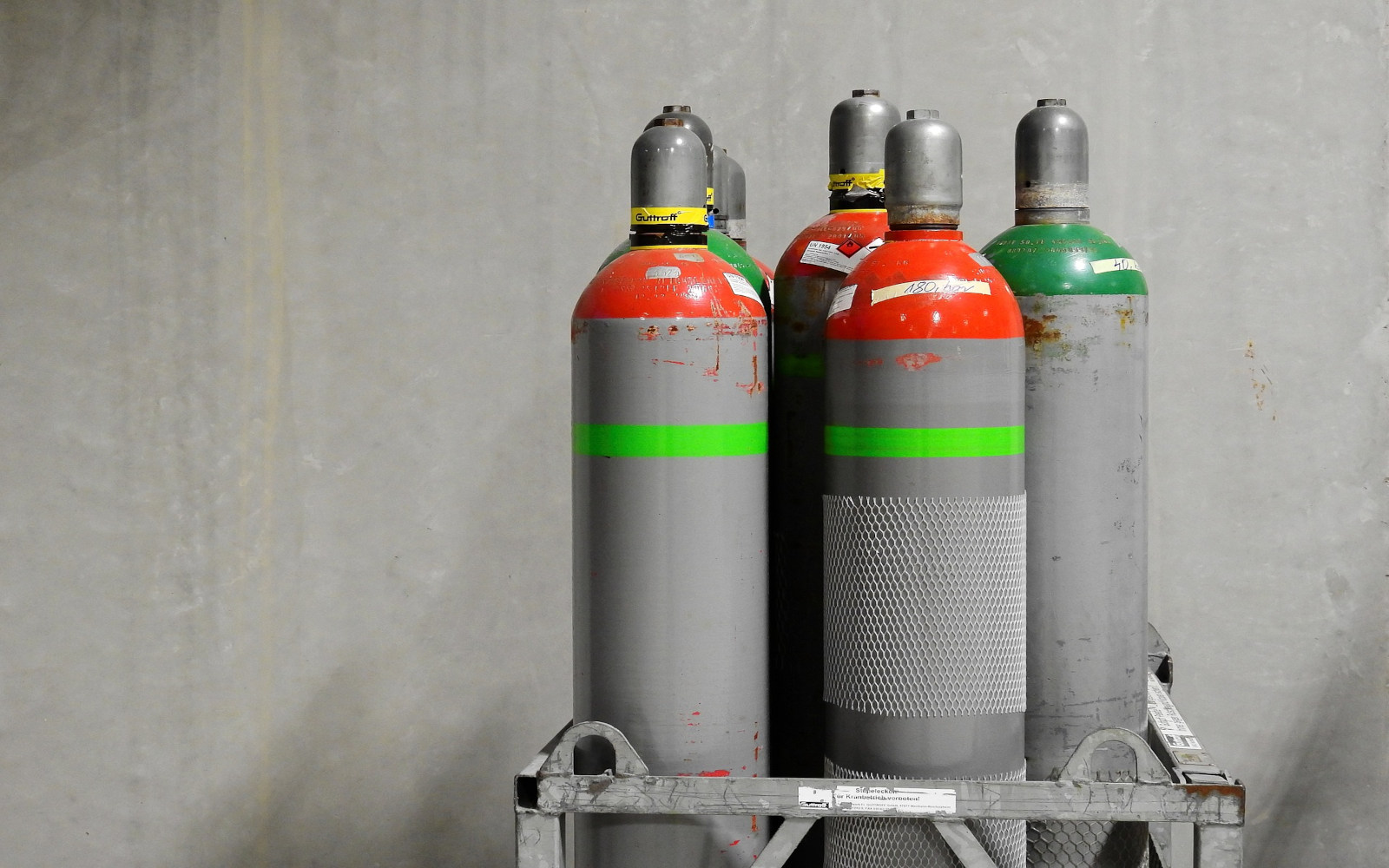Hydrogen chloride (HCl) is a highly corrosive and toxic gas commonly used in various industrial applications. While essential in many processes, it poses significant health and safety risks if accidentally released.
This article explores the potential dangers of hydrogen chloride gas leaks, its industrial uses, and the necessary precautions and best practices to ensure safety. Our goal is to inform and guide safety managers, industrial hygienists, and other professionals in mitigating the risks associated with HCl.
Common Industrial Uses of Hydrogen Chloride
Hydrogen chloride is widely used across numerous industries due to its chemical properties. Some of its primary applications include:
- Chemical Manufacturing: HCl is used in the production of chlorides, fertilizers, dyes, and as a catalyst in organic reactions.
- Metal Processing: Employed in metal pickling to remove rust or scale from metal surfaces.
- Pharmaceuticals: Used in the synthesis of various drugs and as a reagent in chemical reactions.
- Food Industry: Utilized in food processing, particularly in the production of gelatin and corn syrup.
- Water Treatment: Involved in pH control and neutralization processes.
Despite its widespread use, hydrogen chloride is hazardous, particularly when inhaled or in contact with the skin or eyes.
The Hazards of Hydrogen Chloride Gas
Hydrogen chloride is a colorless gas with a sharp, pungent odor. It is highly corrosive, and exposure can result in severe health effects, including:
- Respiratory Irritation and Damage: Inhalation can cause coughing, choking, inflammation of the respiratory tract, and pulmonary edema.
- Eye and Skin Irritation: Contact with HCl can cause severe burns, irritation, and permanent damage to the eyes and skin.
- Toxicity: High concentrations can lead to serious health issues, including asphyxiation and chemical burns to the respiratory system.
Exposure Limits and Regulations
To protect workers, various organizations have established exposure limits for hydrogen chloride:
· OSHA (Occupational Safety and Health Administration):
-
- PEL (Permissible Exposure Limit): 5 ppm (ceiling)
· NIOSH (National Institute for Occupational Safety and Health):
-
- REL (Recommended Exposure Limit): 5 ppm (15-minute ceiling)
- IDLH (Immediately Dangerous to Life or Health): 50 ppm
· ACGIH (American Conference of Governmental Industrial Hygienists):
-
- TLV (Threshold Limit Value): 2 ppm (ceiling)
Safety Measures and Best Practices
To minimize the risks associated with hydrogen chloride, a comprehensive safety approach should be implemented. Key safety measures include:
1. Fixed Gas Detection Systems:
-
- Early Detection: Fixed gas detectors can continuously monitor the presence of HCl, providing real-time data and early warnings.
- Alarm Systems: Immediate alerts allow for quick evacuation and containment actions.
2. Personal Protective Equipment (PPE):
-
- Appropriate PPE, such as acid-resistant gloves, goggles, face shields, and full-body suits, is crucial when handling or being in areas where HCl is present.
3. Proper Ventilation and Containment:
-
- Adequate ventilation systems are essential to disperse any leaked gas and prevent the buildup of hazardous concentrations. Containment measures, such as scrubbers and neutralization systems, can reduce the impact of accidental releases.
4. Emergency Response Plans:
-
- Detailed emergency response plans, including evacuation procedures, first aid measures, and coordination with local emergency services, are vital in managing HCl incidents.
5. Training and Awareness:
-
- Regular training programs ensure that all personnel understand the hazards of hydrogen chloride, proper handling procedures, and emergency protocols.
Hydrogen chloride is an essential industrial chemical but poses significant risks if mishandled. Understanding its hazards and implementing rigorous safety measures, including gas detection systems, proper PPE, ventilation, and emergency planning, are crucial for protecting workers and the environment.
By prioritizing safety and adhering to best practices, industries can minimize the risks associated with HCl exposure.
For more information on hydrogen chloride safety and the Interscan Accusafe and GasD 8000 detection systems, please contact us to request a quote today.


